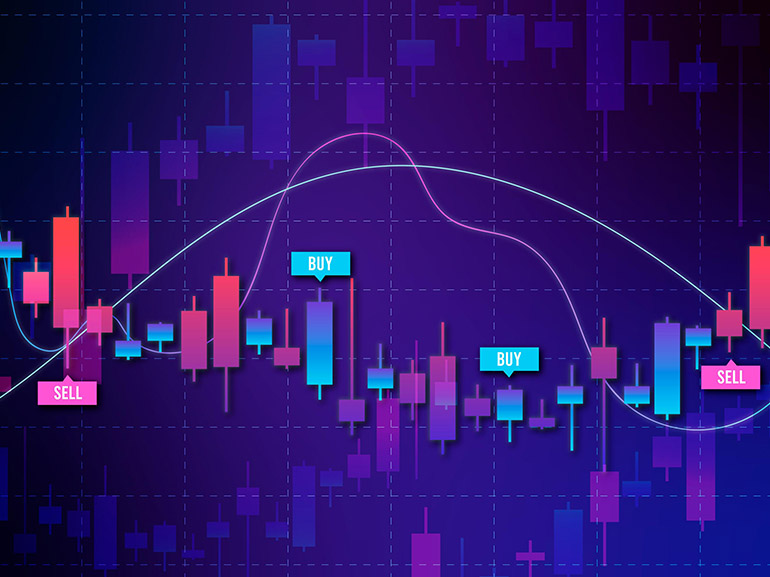Stocks Hit Records on Trade Truce, Inflation Drop
The S&P 500 and Nasdaq closed at record highs on Tuesday, 12 August, as cooler-than-expected US inflation data and an extension in the US-China trade truce eased tariff concerns and lifted expectations of a September Fed rate cut, while Japanese and Australian markets also set new records.

TL;DR
S&P 500 and Nasdaq hit record highs after softer-than-expected US inflation data eased tariff concerns and boosted expectations of a September Fed rate cut.
CPI rose 0.2% in July and 2.7% year-on-year, missing forecasts, while core CPI came in at 0.3% monthly and 3.1% annually, in line with expectations.
The US dollar weakened and gold steadied as traders priced in a 94% probability of a Fed rate cut next month, following weaker jobs data.
Nikkei 225 and ASX 200 also set new records as an extension of the US-China trade truce lifted optimism over a potential deal and global trade stability.
Wall Street Hits Record After CPI Miss
Stocks rose in record high territory on Tuesday after softer-than-expected inflation data eased concerns that tariffs were driving up prices. CME FedWatch Tool data now shows traders assigning a nearly 94% probability to a Federal Reserve interest rate cut in September.
On Tuesday, the S&P 500 gained 1.13% to hit a new record high of 6,445.76 and the Nasdaq Composite advanced 1.39% to a fresh record of 21,681.90, while the Dow Jones Industrial Average rose 483 points to 44,458.61 - just shy of record high territory. (Source: Reuters)
The US Consumer Price Index (CPI) came in at +0.2% for July and 2.7% on a 12-month basis, according to data from the BLS on Tuesday. That missed consensus estimates for 0.2% and 2.8%. Meanwhile, core CPI, which excludes food and energy, rose 0.3% on the month and 3.1% from a year ago, compared with the forecasts for 0.3% and 3%. (Source: CNBC)
Dollar Down on Fed Rate Cut Chances
The rising possibility of the Federal Reserve cutting interest rates as soon as September pressured the US dollar and helped stabilise the price of gold on Tuesday.
The softer inflation stats add to the case for a US rate cut following a much weaker-than-expected non-farm payrolls report that suggests a deceleration in the US economy. Were the Fed to cut in September, it would bring its policy inline with other central banks such as the Reserve Bank of Australia, which cut rates by 0.25% on Tuesday.
Traders will be eyeing the PPI inflation report due today (Wednesday) ahead of the upcoming annual Jackson Hole symposium, where Fed Chair Jerome Powell could offer further remarks on US monetary policy. (Source: CNBC)
Asian Stocks Pop After Tariff Hiatus Extension
The rally on Wall Street followed gains in Asian stocks where investors cheered the news of an extension to U.S. President Donald Trump’s trade truce with China for another 90 days.
Japan’s benchmark index, the Nikkei 225, rose 2.5% to a record high of 42,867.69 points on Tuesday, while the ASX 200 in Australia closed higher by 0.41%, to a new high of 8,880.
Investors seem to be interpreting the prolonged hiatus in further tariffs on China as a positive step toward a deal between Washington and Beijing that could prevent major disruptions to global trade and economic growth. (Source: The Guardian)
Conclusion
Eased inflation fears, heightened expectations for a September Fed rate cut, and optimism over extended US-China trade talks combined to push global equities to new highs, while pressuring the US dollar, underscoring ongoing investor confidence in the outlook for growth and trade.
*Past performance does not indicate future results. The above are only projections.
FAQs
What were the latest US CPI inflation figures for July?
The Consumer Price Index rose 0.2% in July and 2.7% year-on-year, missing forecasts of 0.2% monthly and 2.8% annually.
Will the Federal Reserve cut interest rates in September?
CME FedWatch Tool data on 12 August shows traders are pricing in about a 94% probability of a rate cut at the Fed’s September meeting.
Which stock indices recently hit record highs?
The S&P 500 and Nasdaq closed at all-time highs on Tuesday 12 August, while Japan’s Nikkei 225 and Australia’s ASX 200 also reached record levels.
Why did the US dollar fall?
Softer inflation data and rising expectations for a September Fed rate cut reduced demand for the dollar on 12 August 2025, contributing to its decline.








